The oxygen the medium to cells
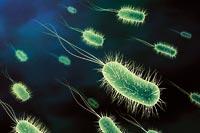
Diffusion of diffusion
Used by bacteria. These unicellular living beings disperse by diffusion the oxygen necessary to breathe. In addition, oxygen, together with carbon dioxide and water, is one of the few compounds that can reach cells by diffusion, that is, one of the few that is able to cross the cell membrane.
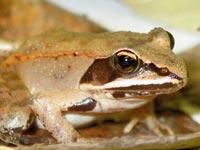
Home page Portada
In some animals, the gaseous exchange is carried out through the skin. For this purpose the skin should be very fine and wet. Some fish, mollusks, and many amphibians have this respiratory system.
In the plants, the exchange of gases occurs in the stomata, the orifices located in the epidermis.
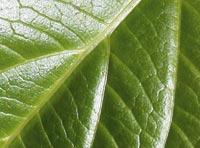
All parts and tissues of the plants breathe, but respiratory intensity increases considerably in episodes of greater vitality, such as seeds, when they are germinating.
Branquias

Gills are usually found in animals that capture dissolved oxygen in water, such as molluscs, crustaceans, fish, and amphibians.
The gills are very fine epithelial tissues. Some, the external gills, are outside the body of the animal and without protection. If they are in a cavity and are protected by some structure, they are said to be internal gills.
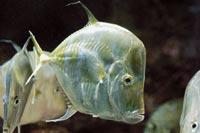
Sea stars, sea urchins, etc., in addition to gills, have ambulacal feet to breathe, are similar to small batons and, although they use them basically to move, they also serve to breathe.
Traquea

The channeled system called trachea is a characteristic of insects. The trachea connects cells throughout the body with the outside air. This respiratory system does not require a circulatory system to transport oxygen to cells. These animals have an open circulation system. Spiders have filotraques. The filotrake is the respiratory organ of several arachnids and is organized in the form of multicompartmentalized pouch.
Lungs Lungs
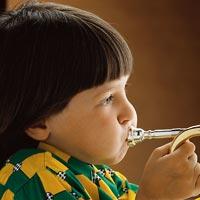
The lungs are a characteristic of vertebrates. However, there are some land invertebrates such as snails. In these invertebrates the lungs are diffusion, that is, they have no ventilation mechanisms. However, the lungs of vertebrates have active air renewal mechanisms, although there are differences between them.
The lungs of mammals are similar to those of the human being. They are large conical organs, with abundant alveoli, alveoli, bronchioles and bronchi, and a large network of blood capillaries.
Reptiles also have lungs, with the interior well braided in cameras.

The lungs of the birds are surrounded by bags called air sacks. These are connected to the lungs and bones of the skeleton. The intercostal muscles help the ventilation of the lungs and, unlike others, the airflow has a single direction. It is done in the opposite direction to blood flow.

In general, before acquiring the characteristics of adults, most amphibians breathe through the skin and gills. But as they mature, these gills disappear and develop lungs. However, in most amphibian species, the skin remains important in the gaseous exchange.





